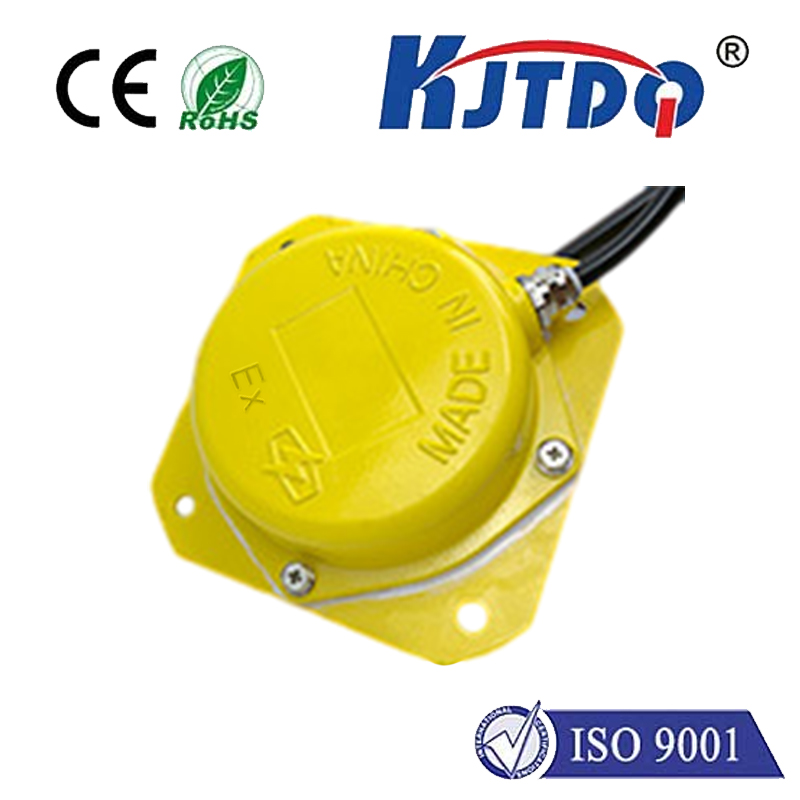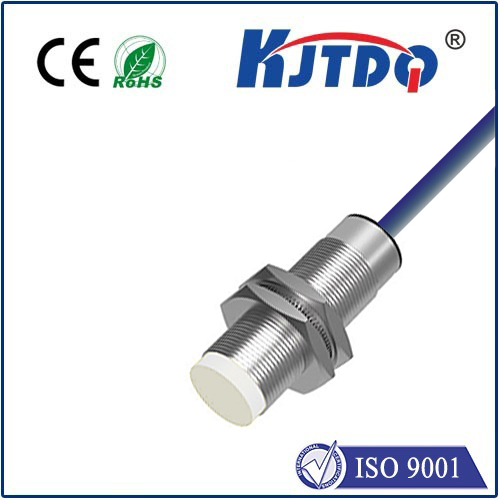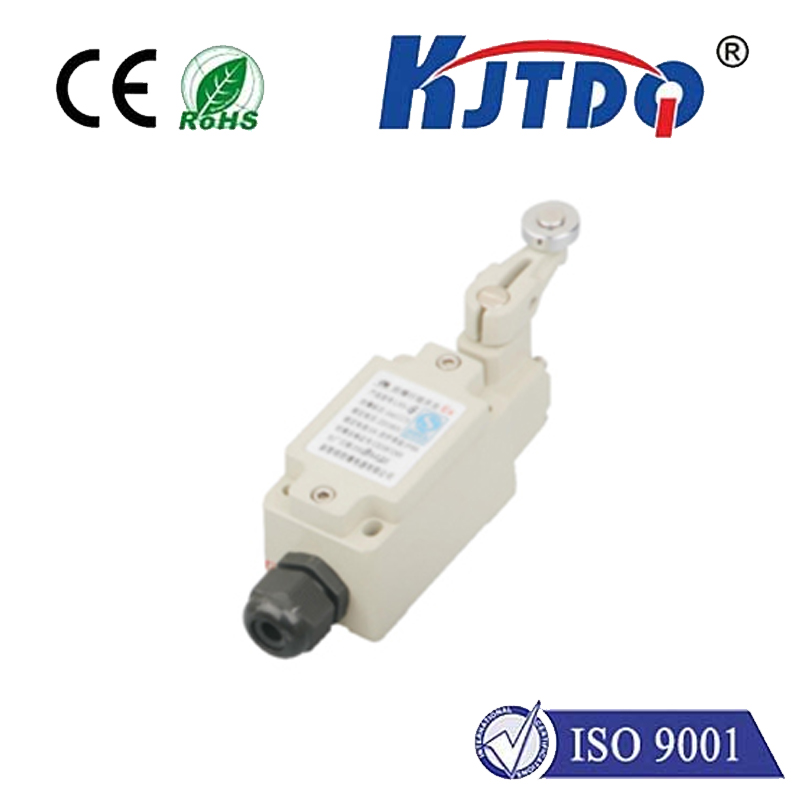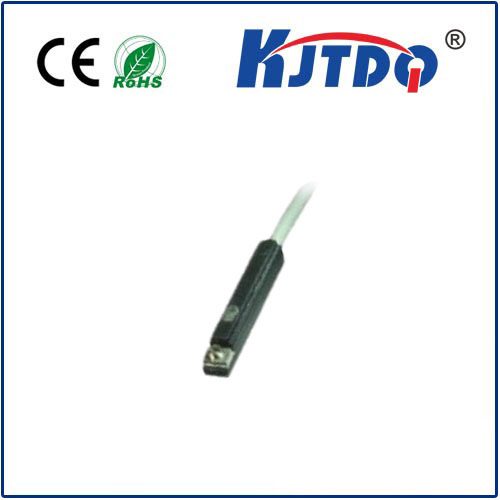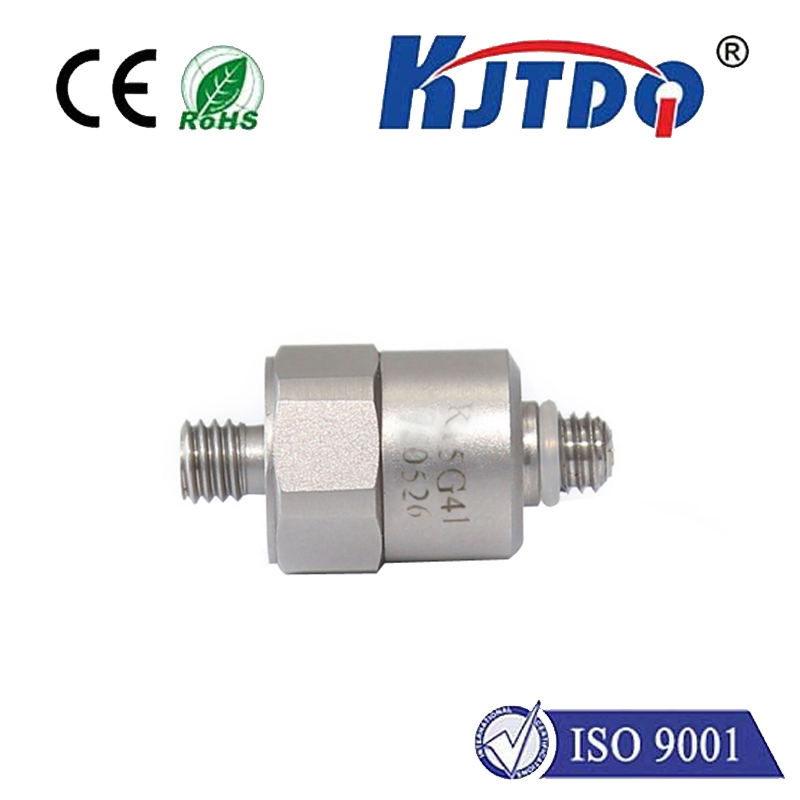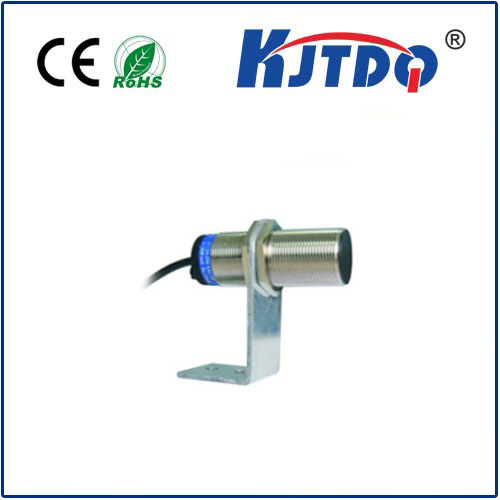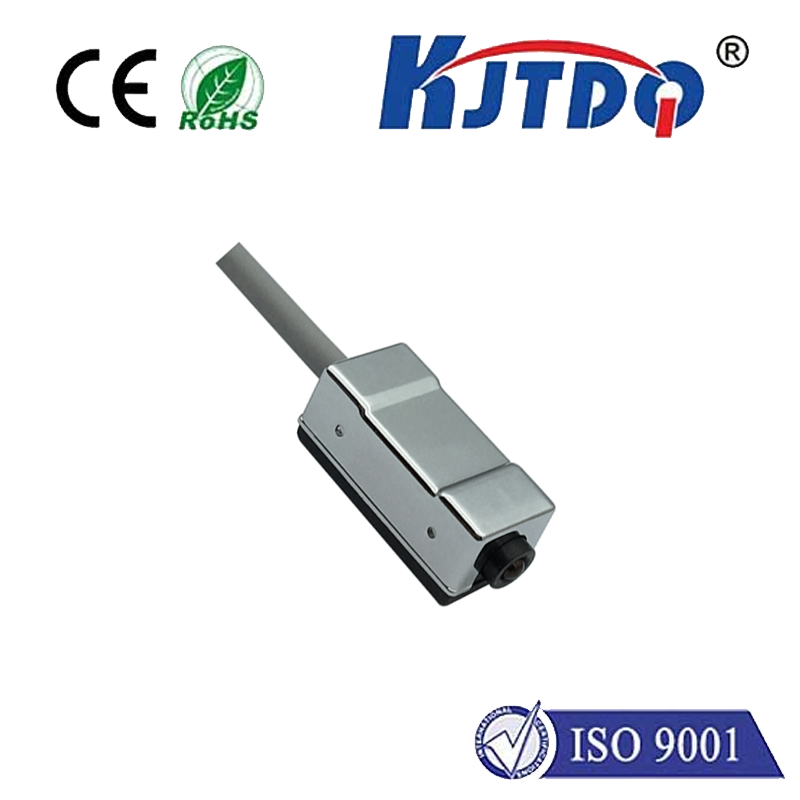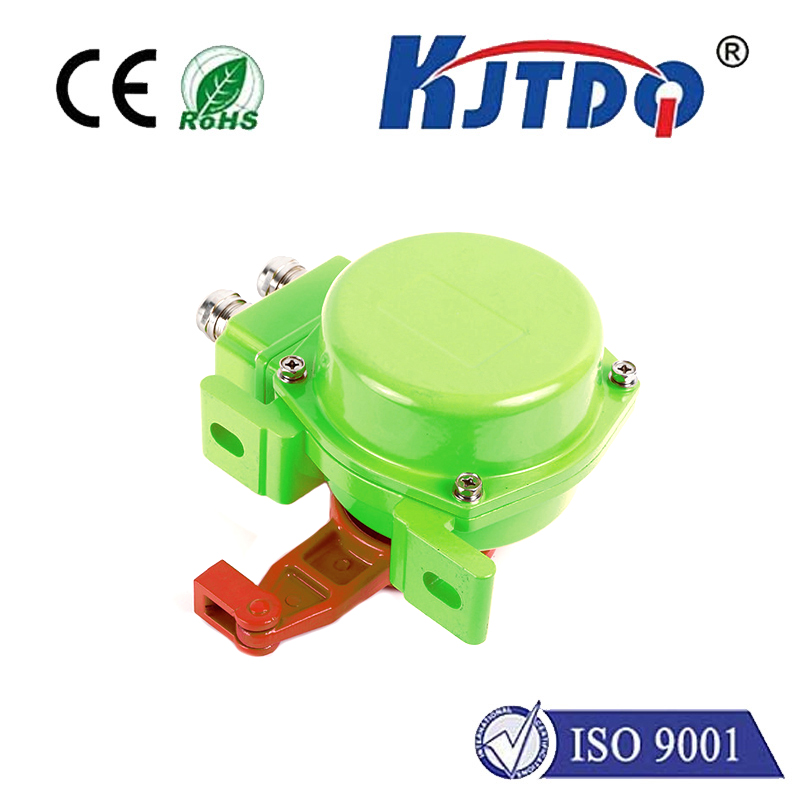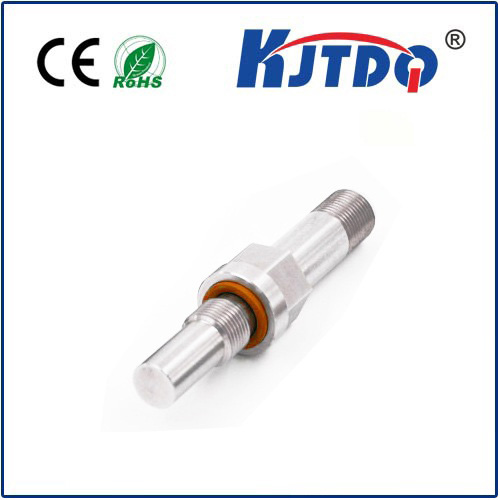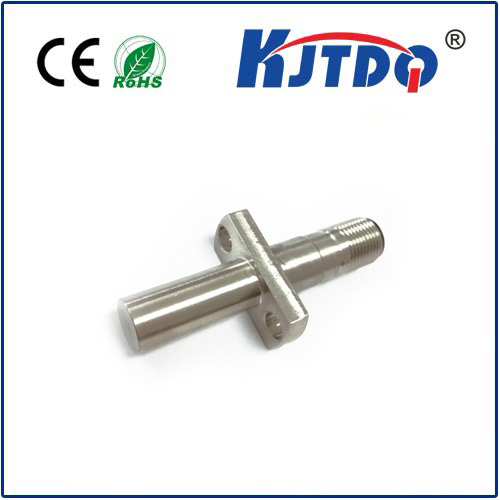
check

check

check

check
Title: Understanding Rollout Limit Switches and Their Importance in Control Systems
Introduction
Rollout limit switches are an essential component in control systems, particularly in the manufacturing and industrial sectors. They are used to regulate the speed and direction of machinery, ensuring safe and efficient operation. In this article, we will discuss the definition, purpose, and types of rollout limit switches, as well as their importance in ensuring the safety and productivity of industrial processes.
Definition and Purpose of Rollout Limit Switches
A rollout limit switch is a type of switch that controls the movement of a mechanical component, such as a conveyor belt, pulley, or drum. It is designed to stop the component in its current position when it reaches a predefined limit, preventing overspeeding or over-direction of the machine. The switch is typically activated either manually or automatically, depending on the specific application.
The primary purpose of rollout limit switches is to ensure the safe and efficient operation of industrial processes by regulating the speed and direction of machinery. By stopping the machine at predefined limits, rollout limit switches prevent costly damage to equipment, minimize downtime, and improve overall production efficiency.
Types of Rollout Limit Switches
There are several types of rollout limit switches available on the market, each designed to cater to specific industrial applications. Some common types include:
1. Manual Overload Limit Switches: These switches are designed for use in applications where manual override is necessary, such as in hazardous environments where automated switches may not be feasible. They are typically operated with a lever or button, allowing operators to quickly stop the machine at high speeds.
2. Electronic Overload Limit Switches (EOLS): These switches are similar to manual overload limits but are controlled electronically, typically through a circuit breaker or继电器. EOLS offer faster response times and require less maintenance compared to manual switches.
3. Temperature Limit Switches: These switches are used to detect when a machine's temperature reaches a pre-set limit. When the temperature exceeds the limit, the switch triggers an automatic shutdown to prevent equipment from overheating and damaging itself or its surroundings.
4. Pressure Limit Switches: Similar to temperature limits, pressure limits switch detects when a machine's pressure reaches a predetermined value. Once reached, the switch activates an automatic shutdown to prevent equipment from experiencing excessive pressure and potential failure.
Importance of Rollout Limit Switches in Control Systems
The role of rollout limit switches in industrial processes cannot be overstated. Here are some key reasons why these switches are critical for ensuring safe and efficient operations:
1. Safety: Rollout limit switches help prevent accidents by stopping machines at critical points when they reach high speeds or exceed their designated limits. This ensures that operators and nearby personnel are protected from potential harm.
2. Productivity: By regulating the speed and direction of machinery, rollout limit switches improve production efficiency by minimizing downtime caused by equipment malfunctions or collisions. This allows organizations to maximize output while maintaining quality standards.
3. Cost Savings: Regular maintenance and replacement of damaged or worn-out rolls limit switches can be costly. Properly installed and functioning rollout limit switches can help extend the life of equipment, reducing repair costs and improving overall financial performance.
Conclusion
In conclusion, rollout limit switches play a crucial role in ensuring safe and efficient industrial processes. With their ability to regulate machinery speeds and prevent overspeeding or over-direction, these switches protect operators from potential accidents and maintain production efficiency. By understanding the different types of rollout limits and their importance in control systems, organizations can make informed decisions when selecting and installing these essential components for their operations.
